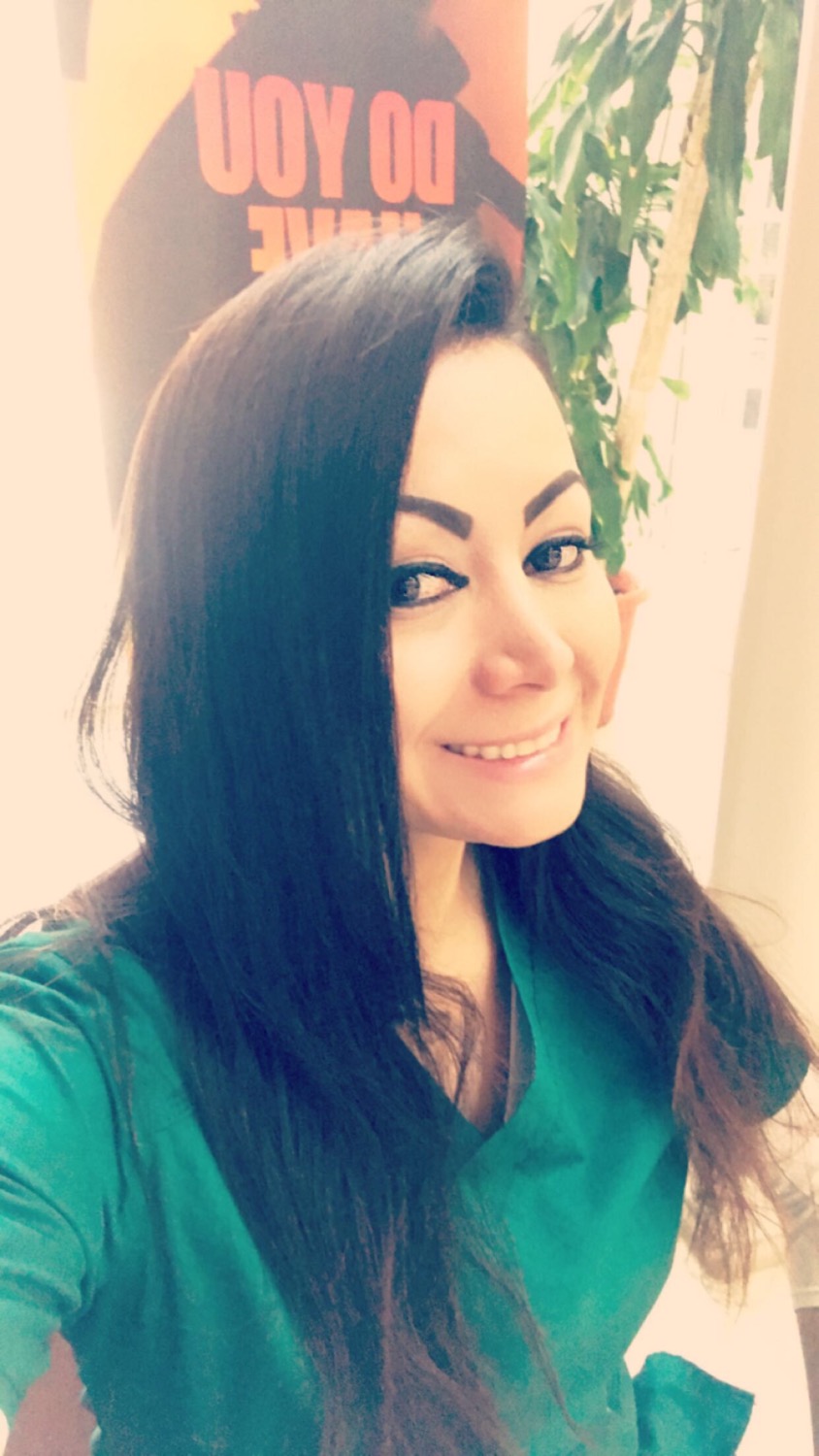Challenges Autistic People Face with Older Generations
- Jessy Gar

- Apr 12
- 2 min read

One of the most pressing challenges autistic individuals face today is navigating relationships with older generations who often lack a proper understanding of autism. For decades, autism was misunderstood, misdiagnosed, or simply ignored. As a result, many older adults still carry outdated beliefs or stereotypes about what autism is and how it affects people. These misconceptions often lead to biased attitudes and behaviors that create emotional, social, and psychological barriers for autistic individuals.
I have had the opportunity to work closely with many autistic people, and those experiences have taught me so much about patience, communication, and the beauty of neurodiversity. But what continues to hurt me the most is witnessing how some older adults react to them in public. I’ve seen it more than once: as soon as they see an autistic person—especially someone who stims, walks differently, or speaks loudly—they become visibly uncomfortable. Some stop in their tracks, give judgmental stares, or even form small groups and begin whispering, casting glances as if something is wrong. That reaction is not only dehumanizing, it’s isolating.
These reactions don’t come from cruelty alone—they often come from ignorance. Many older people were raised in a time when disabilities were hidden, mocked, or misunderstood. There was little to no awareness of autism, and certainly not the inclusive language and knowledge we have today. However, ignorance is not an excuse for ongoing stigma. In today’s world, with resources and education widely available, it is everyone’s responsibility to grow and learn—especially when that learning helps us treat others with dignity.
The impact of this generational bias can be profound. It can make autistic individuals feel like outsiders in their own communities, judged for simply being themselves. It can also discourage families from seeking diagnoses or advocating for support, fearing shame or misunderstanding from older relatives. These attitudes create pressure for autistic people to mask their behaviors, hide their needs, and internalize shame—when what they really need is understanding and acceptance.
We need to start having conversations that challenge these old ways of thinking. Instead of whispering about autistic people, we should be listening to them. Instead of reacting with fear or confusion, we should be approaching with curiosity and kindness. Older generations may not have grown up with this knowledge, but it’s never too late to learn—and change.
Ultimately, bridging the gap between generations is not just about protecting autistic individuals from judgment. It’s about building a world where they can thrive, be seen for who they are, and be met with respect instead of whispers.



Comments